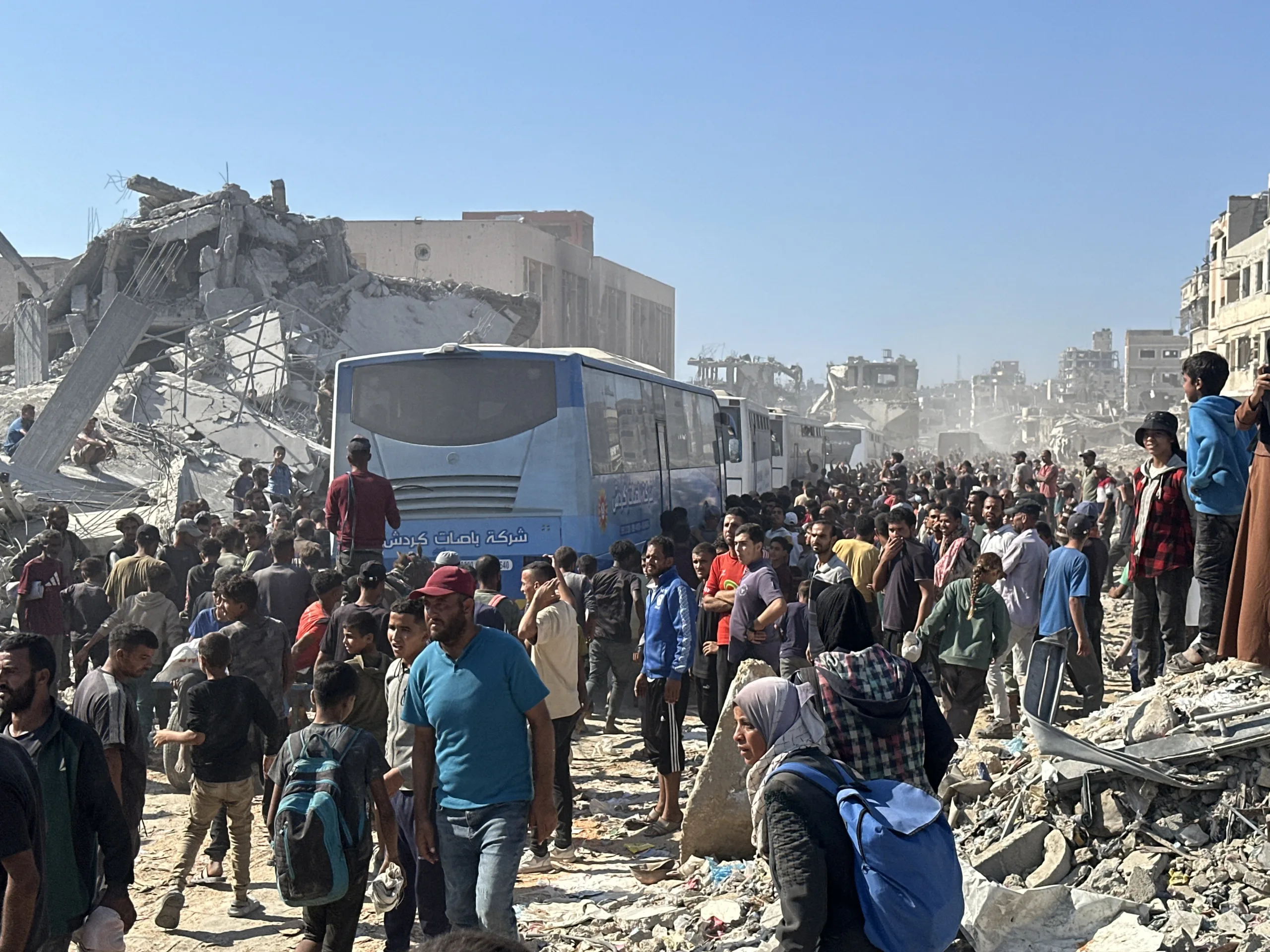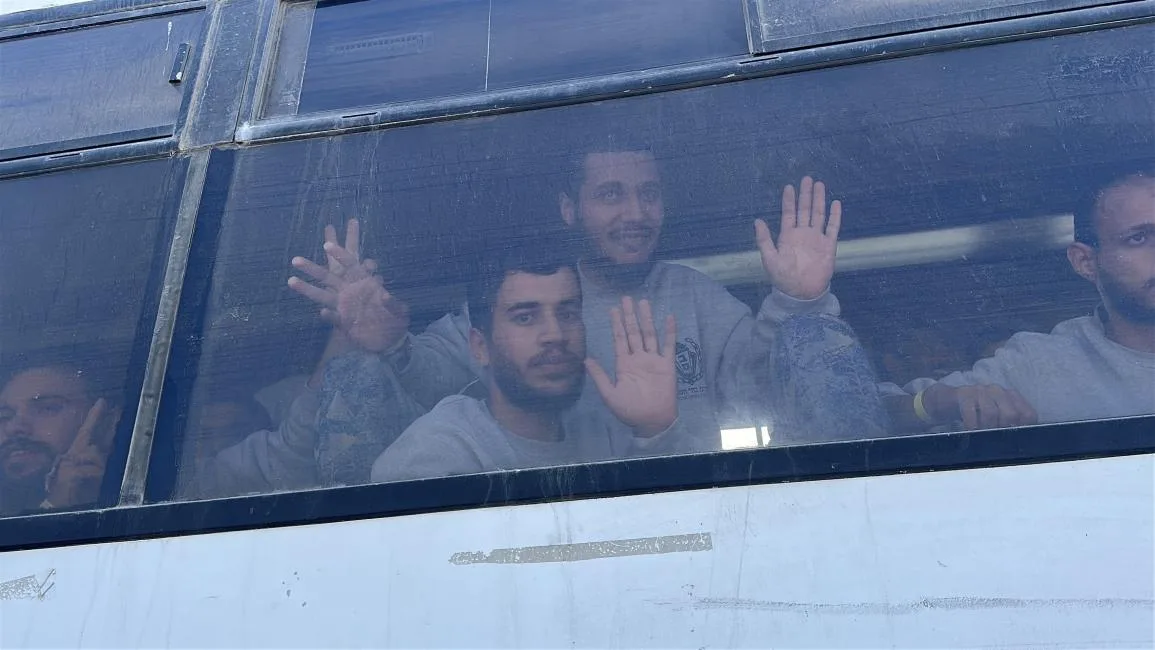Palestinian Prisoners Released Under Gaza Ceasefire: A Step Toward Peace
Historic Prisoner Exchange Between Israel and Hamas: Life After Captivity

A significant milestone has been reached in the Gaza ceasefire agreement as Palestinian prisoners released by Israeli authorities arrive in Ramallah, the West Bank, and the Gaza Strip. This historic move is part of the first phase of the prisoner exchange deal, coordinated with the International Committee of the Red Cross.
How are these prisoners adjusting after years of captivity? What role does the Red Cross play in facilitating their safe return? How does this exchange influence the broader peace process in Gaza? This article explores the latest developments, the coordination efforts, and the reactions of families and authorities involved.
Palestinian Prisoners Arrive Home
The first group of 96 Palestinian prisoners, including those serving life sentences and long-term terms, was released from Ofer Prison near Ramallah. They were transported to the Ramallah Cultural Palace in Beitunia, where hundreds of family members were waiting. Meanwhile, other prisoners from the Negev Prison were transferred toward Gaza.
The ICRC coordinated the safe transfer of the released prisoners using buses and ambulances, ensuring medical attention for those in poor health. Several elderly prisoners and those with skin diseases caused by prior neglect received immediate care. One prisoner was transported to his home in Kafr Aqab, north of Jerusalem, while three others with medical conditions were taken to hospitals for treatment.

Hamas Releases Israeli Captives
On the Gaza side, the Qassam Brigades, Hamas’ military wing, released 20 Israeli captives alive, in two groups. Simultaneously, Israel freed 1,968 Palestinian prisoners, including 1,718 from Gaza and 250 with life sentences or long-term terms. Out of those, 143 prisoners serving life sentences were deported outside the West Bank, including Jerusalem.
Security Measures and Restrictions
Israeli forces reportedly restricted celebrations by families of the released prisoners and warned against any public demonstrations or raising flags. The army also issued stern warnings to the newly released prisoners, emphasizing ongoing monitoring and threats for those who may engage in violent activities again.
Israeli Prisoners Return
The prisoner exchange involved the return of seven Israeli detainees in the first group and thirteen in the second group. Hamas ensured that all 20 Israeli captives were released alive and in good health, coordinating with families to allow video calls during captivity. The Red Cross oversaw the safe transfer to Israeli authorities, guaranteeing medical and logistical support.
Frequently Asked Questions
Q1: How many Palestinian prisoners were released by Israel?
A1: Israel released 1,968 Palestinian prisoners, including 1,718 from Gaza and 250 serving long-term sentences.
Q2: How many Israeli captives were released by Hamas?
A2: Hamas released 20 Israeli captives alive, in two groups.
Q3: Who coordinated the prisoner transfers?
A3: The International Committee of the Red Cross coordinated the safe transfer of all prisoners.
Q4: Were there any medical concerns for released prisoners?
A4: Yes, many prisoners were elderly or in poor health, with some suffering from skin conditions due to neglect. Immediate medical attention was provided.
Q5: How does this exchange affect the Gaza ceasefire?
A5: The release of prisoners is a crucial step in implementing the ceasefire and building trust between Israel and Palestinian factions.
Conclusion
The release and return of prisoners mark a significant step in the Gaza ceasefire process, highlighting coordination between international organizations, Hamas, and Israeli authorities. While security and restrictions remain, the prisoner exchange is a hopeful sign for peace and stability in the region.
How do you think the release of prisoners will influence the long-term peace process in Gaza and the West Bank?




